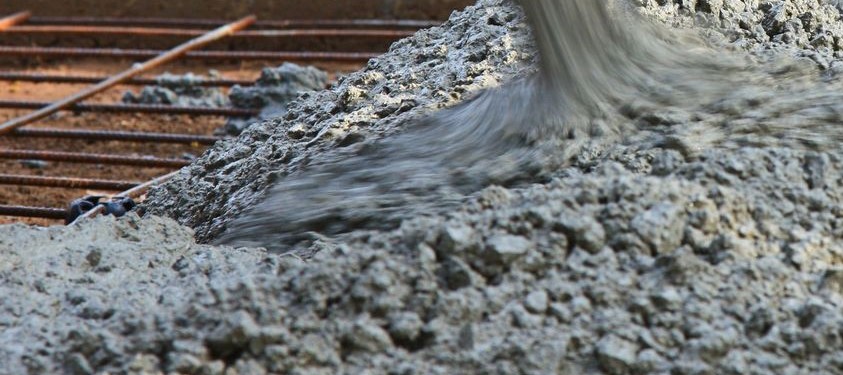Cement Setting
Setting of Cement, or cement setting, is a term used to describe the stiffening of the cement paste. Setting refers to a change from a fluid to a rigid stage. Although, during setting, the paste acquires some strength, for practical purposes it is important to distinguish setting from hardening, which refers to the gain of strength of a set cement paste. In practice, the terms initial set and final set are used to describe arbitrarily chosen stages of setting.
It seems that setting is caused by a selective hydration of cement compounds: the two first to react are C3A and C3S. The flash-setting properties of C3A is delayed by the addition of gypsum i.e the formation of calcium aluminate hydrate is delayed, and it is thus C3S that sets first. Pure C3S mixed with water also exhibits an initial set but C2S stiffens in a more gradual manner.
In a properly retarded cement, the framework of the hydrated cement paste is established by the calcium silicate hydrate, while, if C3A were allowed to set first, a rather porous calcium aluminate hydrate would form. The remaining cement compounds would then hydrate within this porous framework and the strength characteristics of the cement paste would be adversely affected.
At the time of the final cement setting, there is a sharp drop in the electrical conductivity of the cement paste, and attempts have been made to measure setting by electrical means.
The setting time of cement decreases with a rise in temperature, but above about 30 °C a
reverse effect may be observed. At low temperatures setting is retarded.
False set
False set is the name given to the abnormal premature stiffening of cement within a few minutes of mixing with water. It differs from flash set in that no appreciable heat is evolved, and remixing the cement paste without addition of water restores plasticity of the paste until it sets in the normal manner and without a loss of strength.
Some of the causes of false set are to be found in the dehydration of gypsum when interground with too
hot a clinker: hemihydrate (CaSO4. H2O) or anhydrite (CaSO4) are formed and when the cement is mixed with water these hydrate to form needle-shaped crystals of gypsum. Thus what is called ‘plaster set’ takes place with a resulting stiffening of the paste.
Another cause of false set may be associated with the alkalis in the cement. During storage they may
carbonate, and alkali carbonates react with Ca(OH)2, liberated by the hydrolysis of C3S, to form CaCO3.
This precipitates and induces a rigidity of the paste.
It has also been suggested that false set can be due to the activation of C3S by aeration at moderately
high humidities. Water is adsorbed on the grains of cement, and these freshly activated surfaces can
combine very rapidly with more water during mixing: this rapid hydration would produce false set.
Laboratory tests at cement plants generally ensure that cement is free from false set. If, however, false
set is encountered, it can be dealt with by remixing the concrete without adding any water. Although this is not easy, workability will be improved and the concrete can be placed in the normal manner
